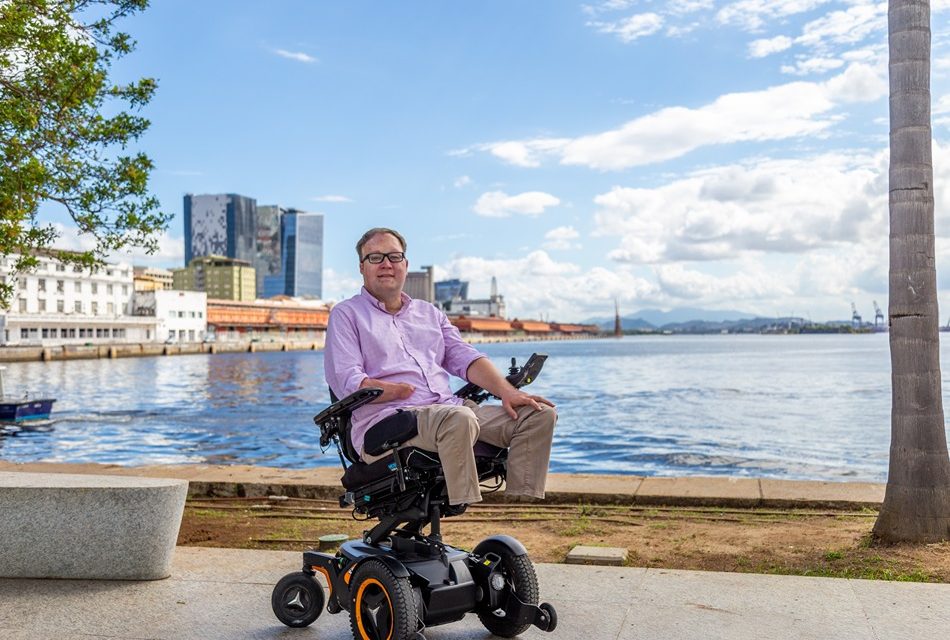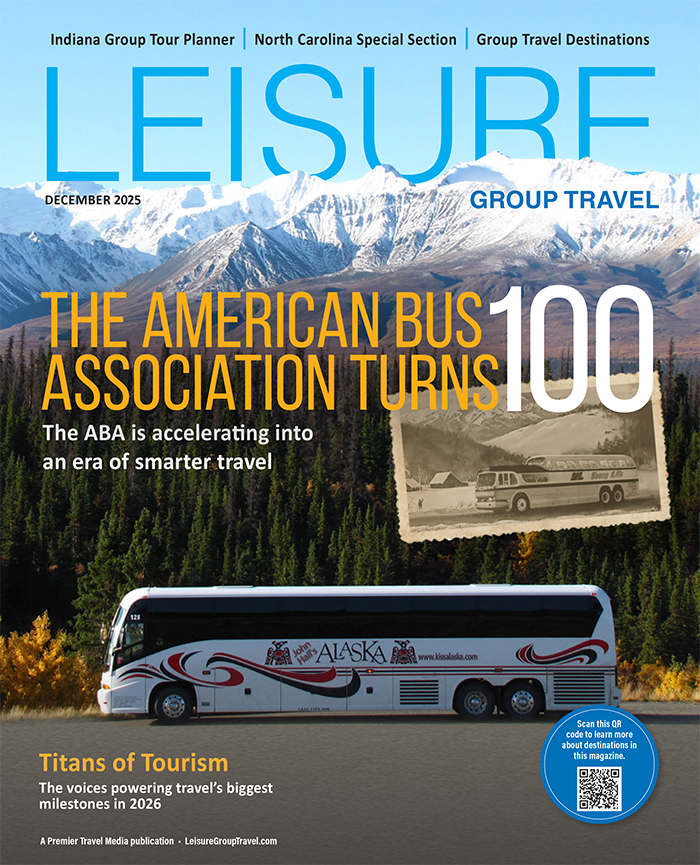Wheelchair Travel-John Morris Founder
How did you become involved in accessible tourism, and what has your journey been like?
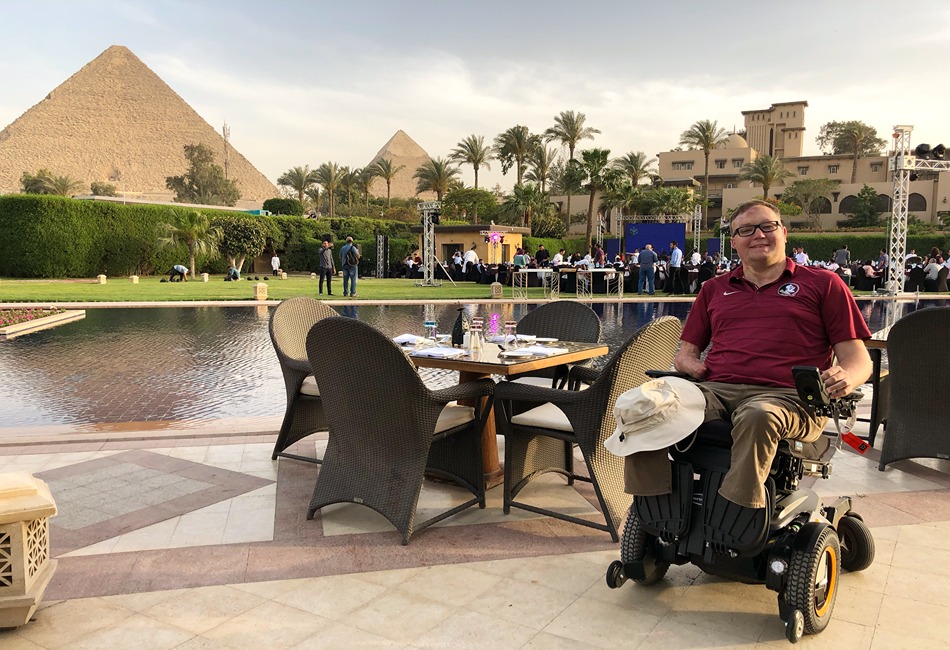
In 2012, I was involved in a serious motor vehicle accident that left me a triple amputee and wheelchair user. Despite the challenges of navigating the world with a disability, I had always been a traveler and was committed to getting back up in the air. It has not been an easy journey, but I could not imagine my life absent travel and exploration. It is life-giving. My career, which involves sharing resources with disabled travelers, leading accessible group tours, and helping companies successfully interact with the accessible tourism market, is truly a dream come true.
Looking for expert insights and fresh travel ideas? Download the latest issue of Leisure Group Travel for free and start planning your next unforgettable group adventure.
What are some common misconceptions about accessible travel, and what surprising trends or statistics should more people know?
The demand for accessible travel in the United States has doubled in just the past decade, outpacing the growth of travel demand generally. Improvements in accessibility, the increased availability of travel information, and the retirement of people from the “baby boomer” generation are key to that trend.
With the CDC identifying one in four Americans as having one or more forms of disability, travel providers must position to reach this demographic.
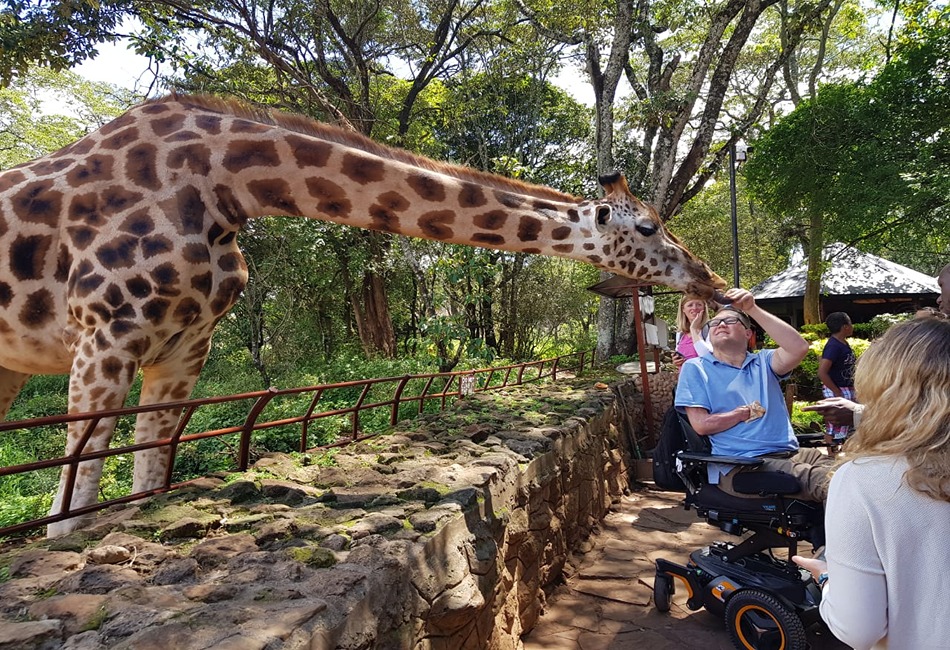
What advice would you give to someone with a disability who is considering their first big trip?
As disabled travelers, we must prepare thoroughly to ensure that our care, transportation, accommodation and dietary needs are met. Start with a shorter trip closer to home, just to gain some experience and confidence about the types of barriers you might encounter (and will need to overcome).
Your next group adventure starts here! Get your free copy of Leisure Group Travel magazine and explore the best destinations, itineraries, and travel ideas.
Which destinations or countries stand out for their commitment to accessibility, and what can others learn from them?
Generalizations about countries are difficult, primarily because the development of accessible infrastructure is something that has to be managed at a local or even micro level. For first time disabled travelers, some cities that I recommend include Boston, Chicago and Washington, D.C. in the United States, and Barcelona, London, Melbourne and Singapore abroad. These cities are all largely accessible to wheelchair-using tourists, and they are places that I always look forward to returning to.
Have you encountered cultural differences in how disabilities are perceived around the world? How has that shaped your travel experiences?
I have spent a decade looking for the perfect, truly accessible city. It doesn’t exist, but I’m an optimist and hope that it might one day. What I have discovered is that the accessibility of a city has a direct, statistically significant relationship with the involvement of disabled people in their communities. Where there is greater accessibility in pedestrian walkways, public transportation, and in the built environment, the visibility of disabled people is much greater. Unfortunately, not all neighborhoods, cities or countries are accessible and, in those in accessible places, the reaction to me (a triple amputee rolling around in a 400-pound wheelchair) is very different. These experiences encourage me to continue advocating for equal access everywhere, so that we might all be seen and included.
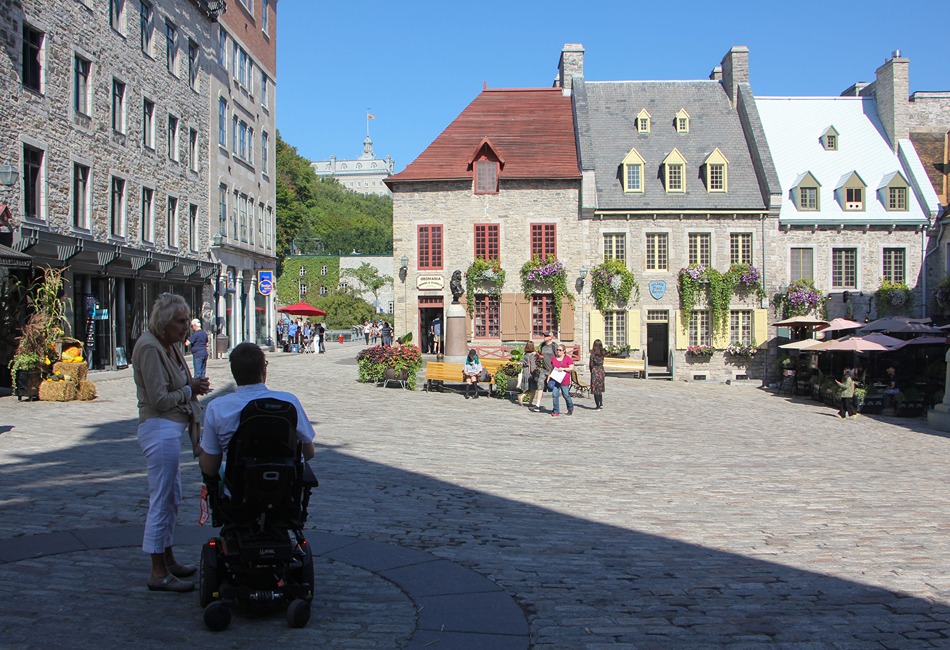
What recent innovations or technologies have significantly improved travel experiences for people with disabilities?
The internet has been part of our lives for decades, but it continues to drive accessible tourism growth. Most disabled travelers turn to websites like mine, or to disabled content creators, for travel recommendations. Meanwhile, internet-enabled services like Aira (a visual interpreting service for blind people) has made independent travel possible for millions more. Technology is connecting people and supporting disabled travelers.
In the coming years and decades, artificial intelligence is likely to deliver increased mobility to disabled people, particularly around accessible ground transportation using driverless cars. It’s an exciting time to be alive!
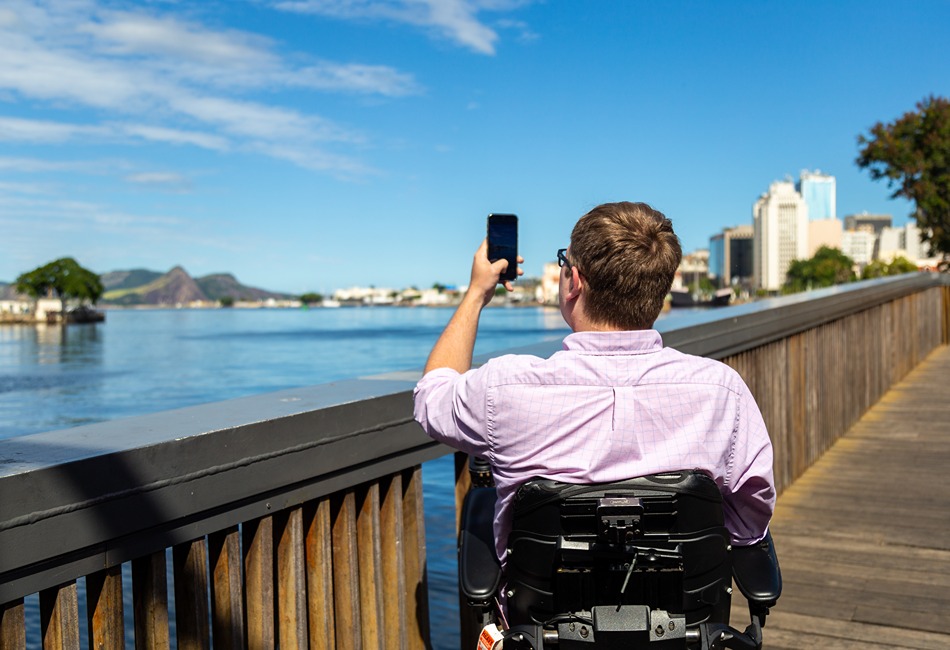
What gaps still exist in accessible tourism, and what improvements would you like to see in the next five to ten years?
For wheelchair users, the greatest barrier to accessible tourism is in the lack of accessible ground transportation. Cities like New York and London, where wheelchair taxis are widely available, are outliers. In most cities in the United States and across the world, public transportation is the only option to get around accessibly—and that doesn’t work for everyone. Information also continues to be a major barrier—disabled people have a difficult time identifying which attractions, hotels, restaurants and other businesses will be accessible to them. The industry needs to share more about the state of accessibility.
How can travel brands—airlines, hotels, and tour operators—better support and market to travelers with disabilities?
In every talk I give to the industry on accessible travel, I point out that two things are true: first, that you can’t reach disabled customers with an in accessible product; second, that once you have invested in accessibility, you will not realize the greatest ROI until you make that accessibility known. One of the most puzzling realities in the travel industry are the hotels that have invested in building accessible guest rooms, but who do not provide any photos or descriptions of those rooms, and also make it impossible to book those rooms through traditional channels. If you’re going to invest inaccessibility, you should benefit from that investment.
Don’t miss out on the latest group travel trends. Download your free issue of Leisure Group Travel and stay informed on the best destinations, planning tips, and expert insights.


